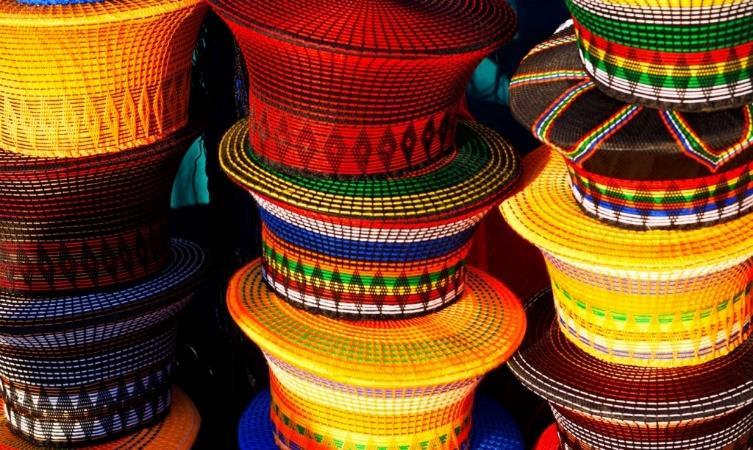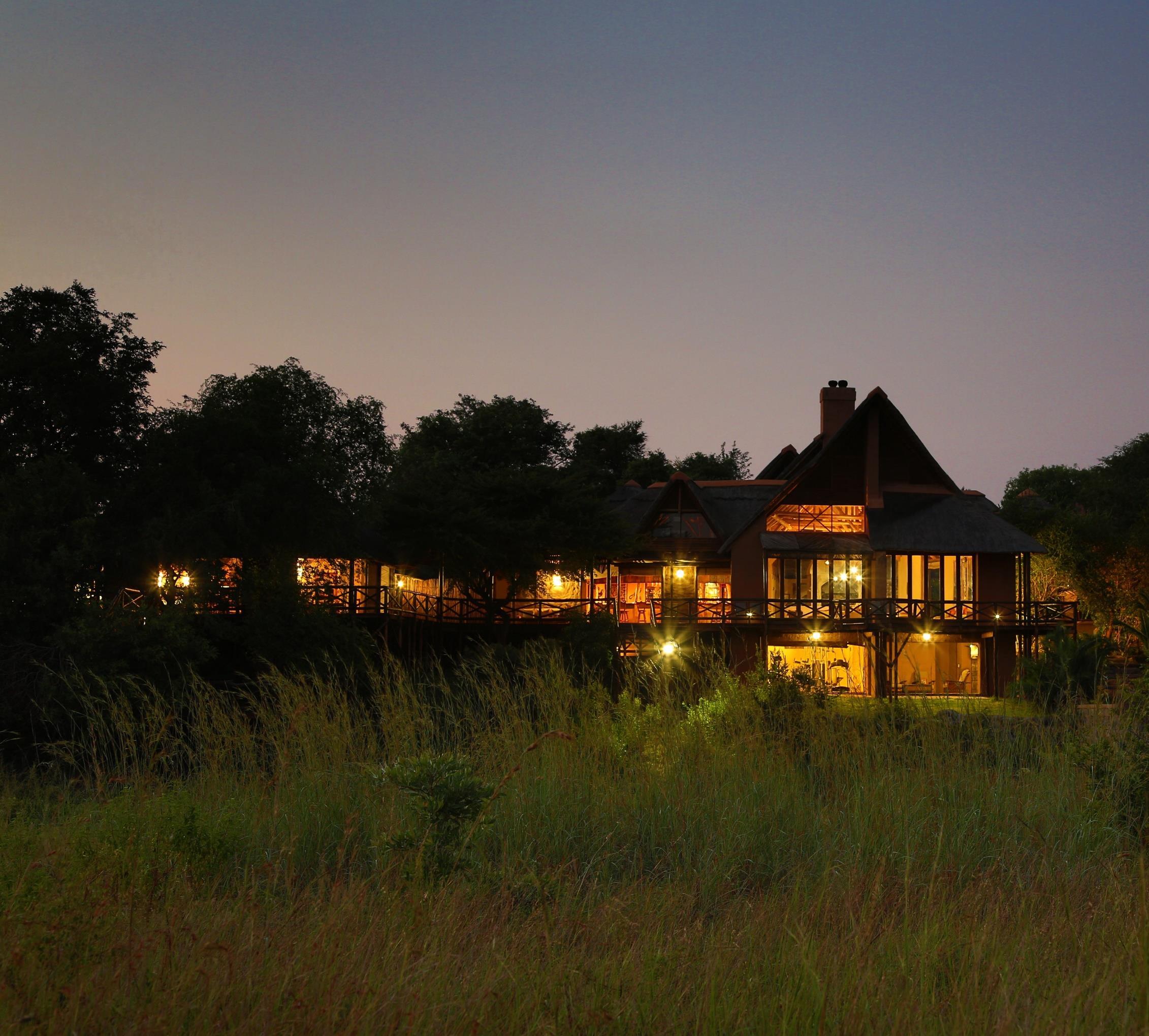
2 minute read
SA’s OFFICIAL LANGUAGES
Afrikaans English Ndebele Pedi Sotho Swati Tswana Venda Zulu Tsonga Xhosa

Advertisement
outh Africa’s constitution protects the rights of every major culture that forms a part of its Rainbow Nation. Every language accompanying these cultures has been declared as an official language, all of which make up the 11 languages that are recognised today. S

Tshivenda
Famous speakers of this language include the President of South Africa, Cyril Ramaphosa. It was only recognised as a royal house in 2010, naming a male descendant as their current king. Princess Masindi Mphephu contested this decision, declaring herself the rightful monarch as the king’s niece, but was overruled.
Try: Ndo takala ro divhana = Pleased to meet you Try: Goeie môre = Good morning
Setswana
These tribes were known for their crafts and skilled leather work, while some of their pottery, known as “Icon” to art historians, dates back to between 1300 and 1500 AD. The first entirely translated work in the Tswana language was by British missionary Robert Moffat in 1857.
Try: o bua Setswana = You speak Setswana
isiXhosa
A tonal language, like many of the 11 languages, Xhosa relies heavily on nouns and is known for the clicking sound that is so easily produced by its speakers. The language is largely spoken in the Eastern and Western Cape where these tribes settled. President Nelson Mandela was a Xhosa speaker and a member of the Xhosa tribe.
Try: Vuyiswa! = Congratulations
isiZulu
The Zulu culture dates back to a royal line from the 16th century, made known to the world by one of its most feared chiefs, King Shaka. The Zulu-speaking people of South Africa dominate the KwaZulu-Natal province with 70% of its speakers residing there. It is also the most common language in South Africa, besides second-language English.

Afrikaans
The Afrikaans language exists nowhere else in the world –it has its roots in Dutch but morphed into its own creature through a mix of influences. These additions to the language come as a result of slave labour on Dutch farms in the Cape. The farmers and labourers could not understand one another and so

isiNdebele
The Ndebele people consist of colourful tribesmen who value their opulent appearance. Nowadays it’s less common, but Ndebele women have been known for wearing copper and brass rings around their necks and arms. They even craft beaded rings to place around their waists and legs. The number of










